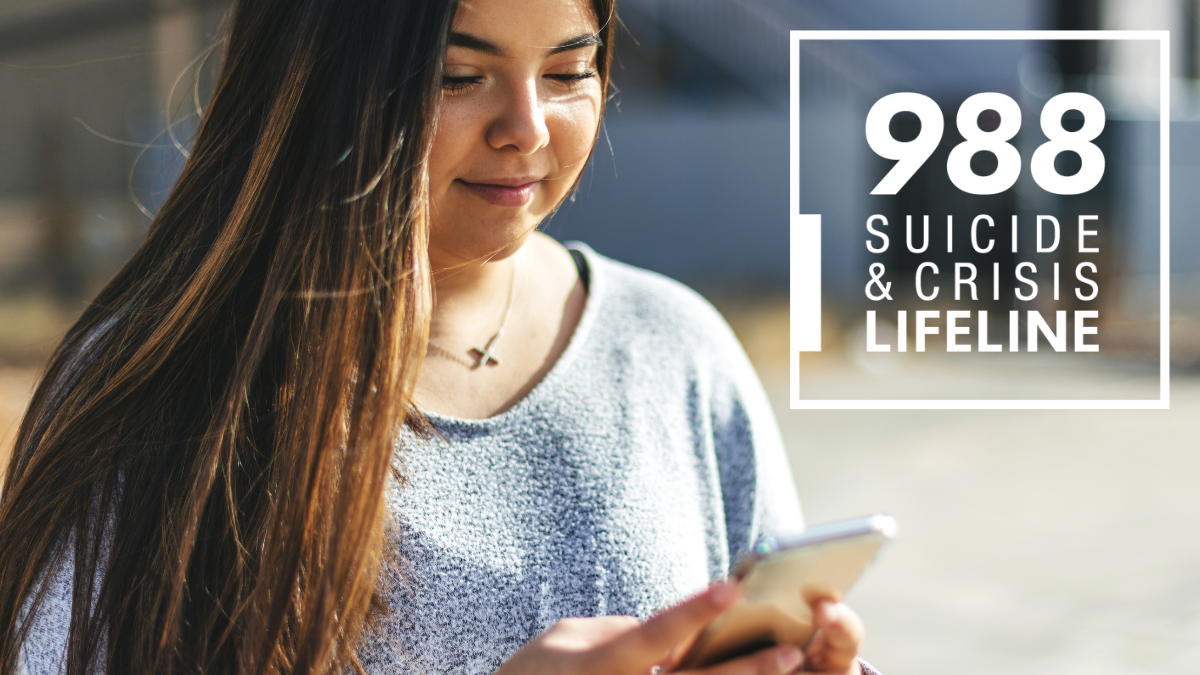Last month, the new three-digit mental health crisis and suicide prevention number – 988 – went live for call, text, and chat. Established by the National Suicide Hotline Designation Act of 2020, this easy to remember number is meant to support people experiencing suicidal ideation, mental health and substance use crises, or any kind of emotional distress, whether by providing someone to talk to or dispatching direct crisis intervention. Not only does this new number serve to increase usage of mental health crisis resources across the country, but aims to reduce unnecessary and costly emergency department care and to reduce potentially harmful encounters with law enforcement.
So, what does this have to do with Medicaid? While anyone in the country can access 988, calls are answered by state-based call centers based on a caller’s area code. (Note: Currently, texts and chats are responded to by national, rather than state or local, centers with the national centers also serving as back up for state-based call centers.) The funding mechanisms used for these call centers vary widely by state with an array of funding sources that include SAMHSA Mental Health Block Grants, state-based trust funds, fees collected by telecommunication companies, and more. Medicaid is another avenue of financing that states can leverage to support their 988 call centers and crisis response services.
In 2018, the Centers for Medicare & Medicaid Services (CMS) released guidance on opportunities to design innovative service delivery systems for adults with a serious mental illness or children with a serious emotional disturbance. As part of the guidance, CMS highlighted that “states may be able to access administrative match for crisis call centers as some states have done for tobacco quit lines.” This past December, CMS released additional guidance on the American Rescue Plan Act’s new state plan option for qualifying community-based mobile crisis intervention services. The guidance notes that Medicaid administrative dollars can be used for “state Medicaid agency costs associated with establishing and supporting delivery of community-based mobile crisis intervention services,” including call centers and crisis stabilization services. Georgia, for example, claims Medicaid administrative funds to help support their Georgia Crisis and Access Line (GCAL), where calls to 988 are also routed, and mobile crisis response.
There are other ways that states can leverage Medicaid to support crisis call centers and other behavioral health crisis care. Arizona has a long-standing crisis line system, which uses contracted regional behavioral health authorities (RBHAs) under a capitated managed care model that employs billing code H0030 (Behavioral Health Hotline Service in 15-minute increments). And according to PEW Charitable Trusts, Medicaid agencies in Indiana and Utah have been directed to submit either waiver applications or state plan amendments to CMS for federal reimbursement for a portion of crisis services delivered to individuals covered by Medicaid.
The operation of 988 is an important step toward accessible person-centered stabilization and treatment for people experiencing mental health crises, but the work of creating a comprehensive crisis response continuum of care is far from finished. Continued advocacy, policy change, and investments are needed to ensure individuals are able to receive care before, during, and after a crisis in a culturally competent, accessible, and age appropriate way. As the primary payer of behavioral health services in the United States and key to ensuring access to services, Medicaid is a critical tool that states can leverage to support 988 and the crisis response continuum of care.
***The national 988 system is now live in the U.S. for calls, texts, and chat for use when you or someone you know is experiencing a mental health crisis. Calls to the previous 11-digit number for the National Suicide Prevention Lifeline [1-800-273-8255 (TALK)] will be routed in the same manner as calls to 988.


